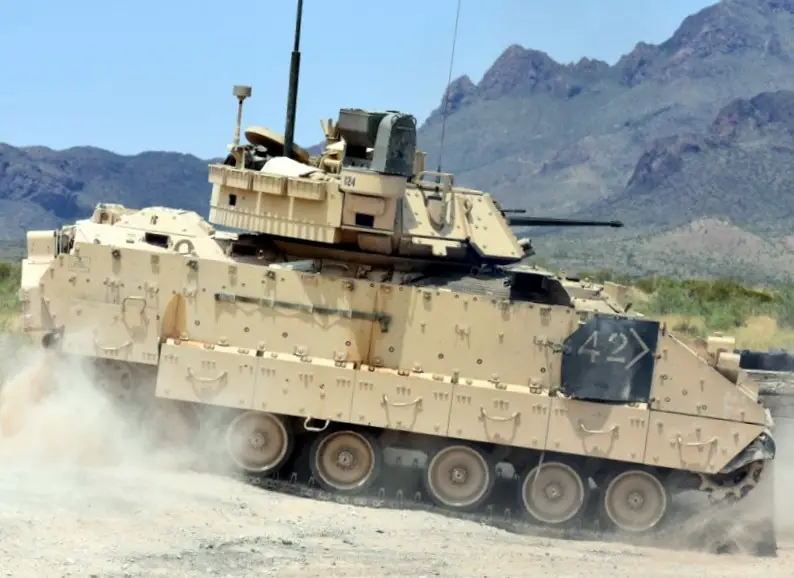Honeywell International is working with the U.S. Army to test a prototype of an advanced helmet-mounted vision system in a prime military ground vehicle with a goal of enhancing soldier protection yet not hindering an operating crew’s vision.

The vision system, developed by Honeywell with the U.S. Defense Advanced Research Projects Agency (DARPA), uses augmented- and virtual-reality technology to allow for a viewing experience of surroundings in what's called a “closed-hatch” environment (Picture source: US Army)
The vision system, developed by Honeywell with the U.S. Defense Advanced Research Projects Agency (DARPA), uses augmented- and virtual-reality technology to allow for a viewing experience of surroundings in what's called a “closed-hatch” environment, as reported by Harrison Miller in the Philadelphia Business Journal.
The U.S. Army Research, Development and Engineering Command’s Ground Vehicle Systems Center (TARDEC) tested the prototype system at Camp Grayling, Michigan. The testing involves use of the technology on the Bradley Fighting Vehicle in what's regarded as a major step in demonstrating the system’s proof-of-concept and effectiveness. "Our work with the U.S. Army and DARPA on virtual and augmented reality is a testament to how government and industry collaboration can drive forward truly innovative solutions that will help our current and future military forces retain a technological edge," said Bill Hancock, senior fellow and Ground X-Vehicle Technologies program manager for advanced technology, Honeywell Aerospace, in a statement.
The helmet-mounted system involves a set of forward-facing cameras that project images in the user’s eyes through a pair of holographic optical elements. The technology mimics a natural viewing experience. Further implement is possible, according to Honeywell. The company said the U.S. Army ground-vehicle program could leverage the technology to allow for the remote monitoring and control of vehicles, enabling operators to drive, navigate and control multiple vehicles. “This emerging capability is a natural evolution of the closed-hatch environment, and we're excited about the potential for application of this type of capability to current and future Army ground vehicles,” said John Vala, crew augmentation simulation and test lead for TARDEC.















